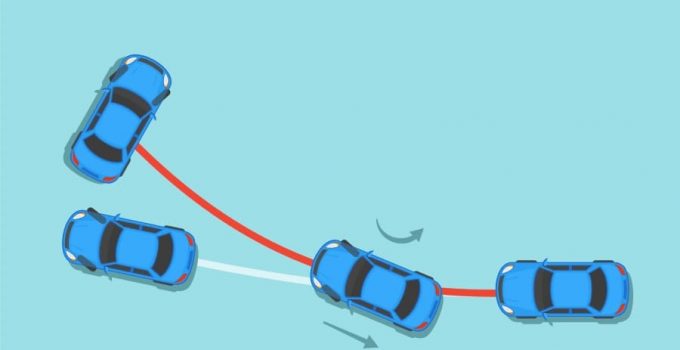
VSA (Vehicle Stability Assist) is an electronic stability control system for Honda and Acura vehicles. It first appeared in the late 90's. The system is based on ABS. It regulates the stability of the car and prevents deviation from the desired course. The traction control enables safe and quick acceleration on slippery surfaces.
How VSA works
The steering angle and the positions of the brake and accelerator pedals are measured using a control unit. This provides the system with information about the direction of travel. Then the yaw rate and the lateral acceleration are analyzed. They give an indication of the exact direction of travel.
If the direction of travel deviates from the desired course, the system restores the required course. To do this, the hydraulic actuators of the ABS brake the respective wheel. In addition, the VSA works with the engine management system to adapt the engine's torque to the road conditions.
As soon as the key is turned in the ignition, the system is automatically activated and remains in standby mode. It is only activated under certain driving conditions where, for example, understeer or oversteer needs to be corrected. When the system is active, a light will illuminate on the dashboard. This display is always on when the system is off or when an error has occurred.
Popular Cars with VSA
- Honda CR-V II, Insight II, Civic VIII, Odyssey III, Jazz III;
- Acura MDX JD2.
Causes for defects in this system
- Installing tires of the wrong size.
- Dirty wheel speed sensors.
- Defective brake pedal position sensor.
- Error in the engine control unit.
